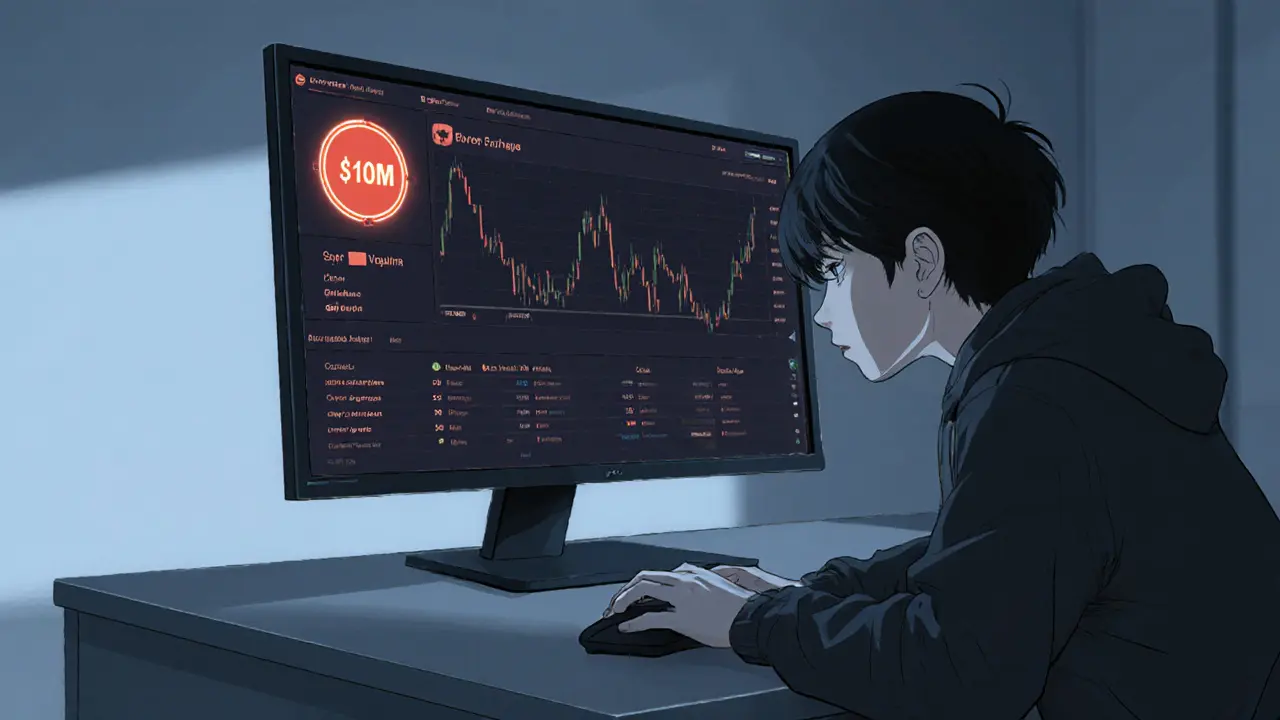Trading Volume: The Pulse of Crypto Markets
When talking about trading volume, the total amount of crypto bought and sold over a specific period. Also known as TV, it serves as a key health indicator for any market.
Understanding crypto exchange, the platform where users trade digital assets. Exchanges gather price data, enforce fees, and provide order books that feed directly into volume calculations. Because trading volume aggregates every trade on an exchange, the quality of the exchange’s infrastructure can either inflate or deflate the numbers you see.
Why Market Liquidity Matters
Another crucial piece is market liquidity, the ease with which an asset can be bought or sold without moving its price. High liquidity usually pushes volume up, since traders can enter and exit positions quickly. Low liquidity, on the other hand, can cause sharp price swings, making volume spikes less reliable as a signal of genuine market interest.
These three concepts intersect in simple ways: trading volume reflects market liquidity, trading volume requires reliable exchange data, and exchange fees influence trading volume. Together they form the backbone of any analysis you’ll do on price trends or market depth.
Now, let’s bring trading pair, the two assets paired for a trade, like BTC/USDT into the mix. Each pair has its own volume metric, and comparing them can reveal where capital is flowing. For instance, a surge in the ETH/USDC pair might indicate growing interest in DeFi, while a spike in BTC/EUR could signal a macro‑economic hedge.
Beyond the raw numbers, volume data helps spot trends such as pump‑and‑dump schemes, algorithmic trading bursts, or shifts in institutional participation. When you notice a sudden jump in volume without news, it’s a cue to dig deeper—maybe a new exchange listed the token or a major holder moved assets.
Volume also interacts with other metrics like order‑book depth and price volatility. A deep order book with steady volume usually means stable prices, while thin books with high volume can cause flash crashes. Understanding these relationships lets you fine‑tune entry and exit points.
For anyone building a trading strategy, keeping an eye on volume across multiple exchanges, liquidity tiers, and trading pairs is essential. It helps you avoid false signals, confirm breakout strength, and gauge market sentiment in real time.
Below you’ll find a curated list of articles that dive deeper into each of these topics—exchange reviews, liquidity analyses, pair‑specific studies, and practical tips on using volume data to improve your trades.
